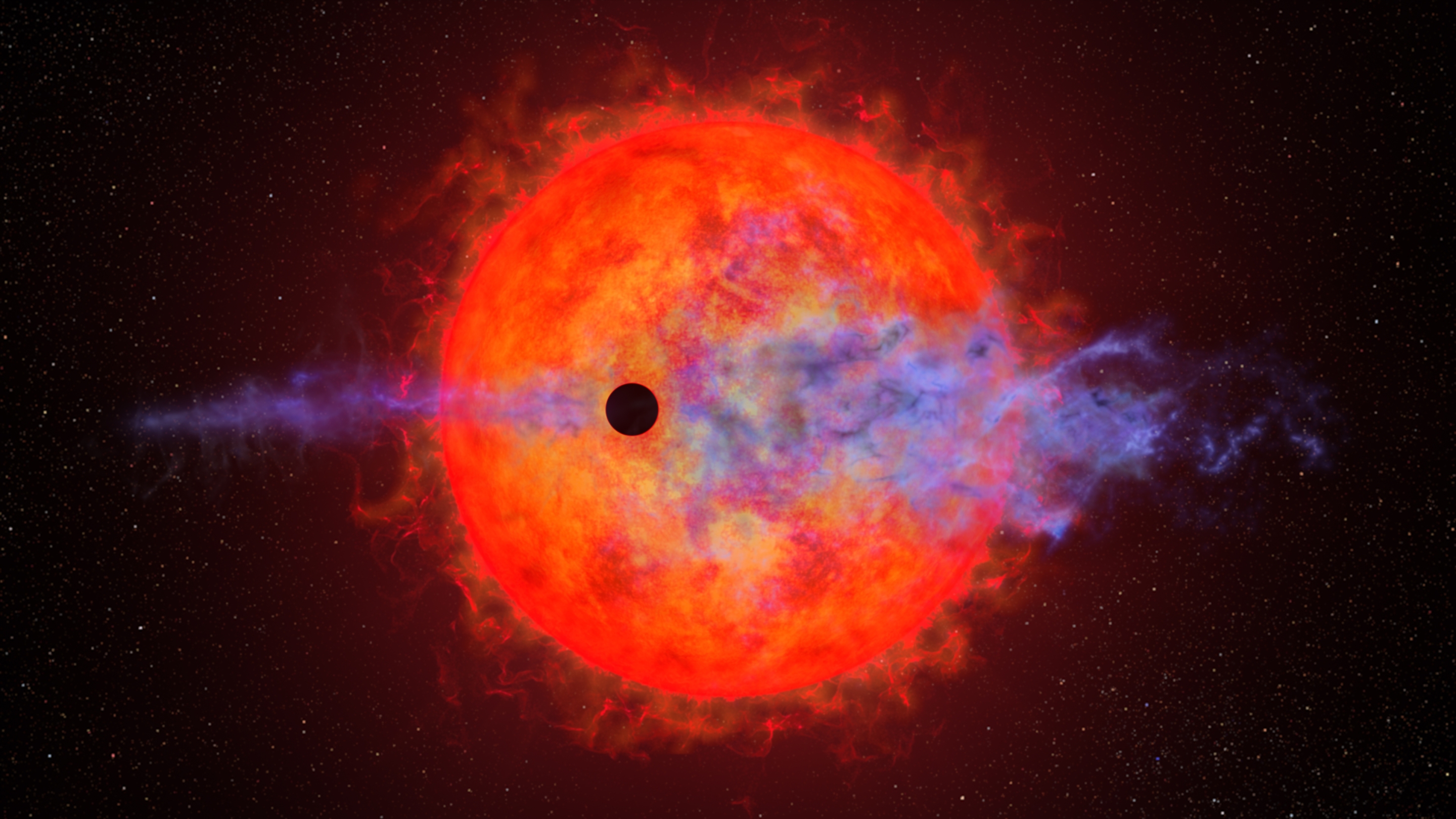Shreyas Vissapragada
Tuesday March 18, 2025
4pm
Marlar lounge & via zoom

Observing atmospheric evolution in extrasolar planets
Atmospheric escape has driven the long-term evolution of most known planetary atmospheres, including terrestrial planet atmospheres in our Solar System. In this talk, I will discuss the wealth of information we can learn from studying atmospheric escape in extrasolar planets, focusing on three main observational efforts. I will first introduce The Unintentional NIRISS Escape Survey (TUNES), a JWST archival program aimed at automating detections of escaping helium using low-resolution NIRISS/SOSS data, which is providing unanticipated constraints on outflow morphology sculpted by star-planet interactions. Next, I will discuss a Magellan/WINERED survey to precisely constrain helium absorption in a sample of 50 sub-Neptunes, achieving population-level constraints on atmospheric escape in small planets. Finally, I will describe the Search for Transiting Exoplanets in Lyman-alpha (STELa): the largest HST program ever awarded to study exoplanets. With 625 orbits allocated over 3 years, STELa endeavors to measure absorption from escaping hydrogen in every nearby (<100 pc) system where it could possibly be observed. These three programs are part of a broader shift towards population-level constraints on exoplanet atmospheres.
Shreyas Vissapragada is a Hale Scholar at Carnegie Observatories. He employs innovative observational methods to study exoplanet formation and evolution. Currently, his key programs include studies of atmospheric escape in exoplanets using the Hubble Space Telescope, the James Webb Space Telescope, and the Magellan Telescopes, and all-sky radial velocity surveys to search for rare Neptune-sized planets that may be the exposed interiors of giant planets.

